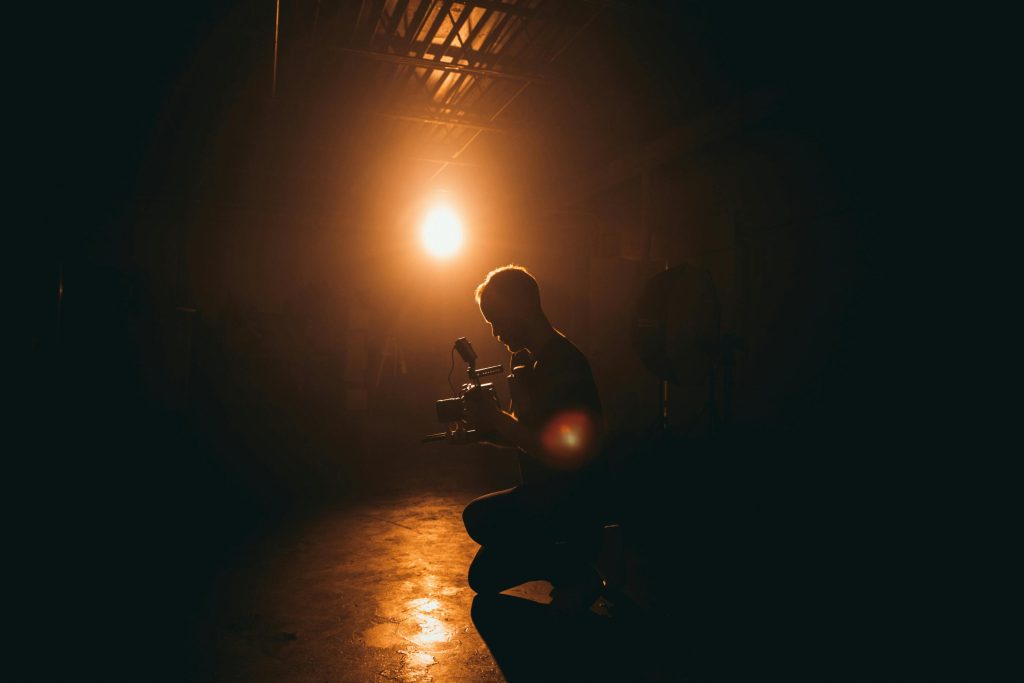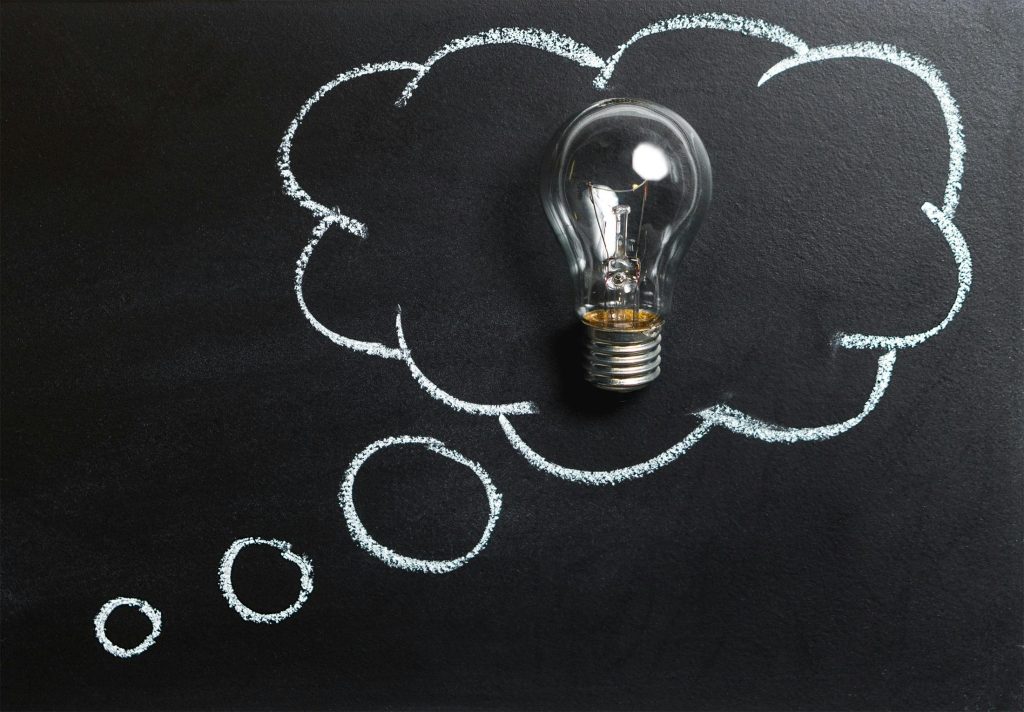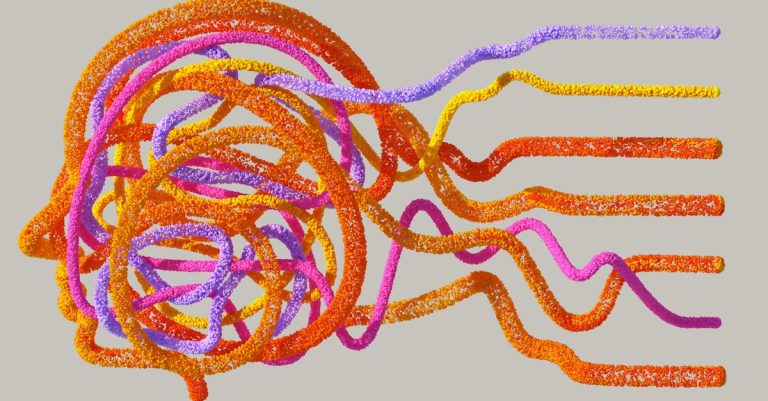In a world that constantly pushes for more—more output, more hustle, more results—it’s easy to fall into the trap of overworking. But productivity doesn’t mean pushing yourself to the edge. In fact, true productivity is sustainable. And that means learning how to avoid burnout while still getting things done.
Burnout isn’t just about exhaustion. It’s a deeper issue that affects your motivation, focus, and overall well-being. In this guide, we’ll explore how to strike the balance between ambition and self-care—so you can stay productive without sacrificing your mental health.
What Exactly Is Burnout?
Burnout is a state of emotional, physical, and mental exhaustion caused by excessive and prolonged stress. It can sneak up on even the most high-achieving individuals.
Key Signs of Burnout:
- Constant fatigue, even after rest
- Lack of motivation or sense of purpose
- Increased irritability or cynicism
- Trouble concentrating or making decisions
- Detachment from work or tasks you once enjoyed
Important: Burnout isn’t laziness—it’s your brain and body hitting their limit. The good news? You can prevent it.
Productivity vs. Burnout: Understanding the Difference
High productivity doesn’t have to equal high stress. The key lies in intentional output, not just volume.
Productive vs. Burned Out:
| Productive Habits | Burnout Triggers |
|---|---|
| Focused time blocks | Working without breaks |
| Clear goals & priorities | Constant multitasking |
| Saying “no” when needed | Overcommitting |
| Daily rest & recharge | Ignoring warning signs |
| Working with purpose | Chasing perfection |
Mindset Shift: You don’t need to do everything—you need to do the right things well.
Strategies to Stay Productive and Avoid Burnout
Here’s how to maintain a high-performing mindset without running yourself into the ground.
1. Set Boundaries—and Stick to Them
Productivity without boundaries is a fast track to burnout. Protect your time and energy like any other resource.

- Define start and finish times to your workday.
- Use “do not disturb” modes during deep work.
- Say no to non-essential meetings or requests.
Boundary Tip: Time blocking isn’t just about scheduling tasks—it’s about protecting recovery time too.
2. Adopt a Realistic To-Do List Strategy
Overstuffed to-do lists create anxiety and a false sense of failure.
- Use the “Top 3 Tasks” rule: Focus on the 3 most impactful tasks each day.
- Break bigger projects into smaller, achievable steps.
- Prioritise using methods like Eisenhower Matrix or ABCD Task System.
Keep it visual: Use task boards (Trello, Notion, or whiteboards) to manage workload at a glance.
3. Take Regular Breaks (No, Really)
Rest isn’t the enemy of productivity—it’s the fuel.
- Try the Pomodoro Technique (25 minutes work, 5-minute break).
- Step away from your screen—walk, stretch, or breathe deeply.
- Schedule real lunch breaks away from your desk.
Science Says: Even 90-second breaks reduce cognitive fatigue and restore mental sharpness.
4. Work with Your Energy, Not Against It
Everyone has natural energy highs and lows throughout the day. Use them to your advantage.
- Identify your peak performance hours and schedule deep work then.
- Use lower-energy windows for admin, email, or light tasks.
- Don’t force creativity when your brain is in rest mode.

Energy Hack: Track your energy daily for a week to find your natural rhythm.
5. Celebrate Progress, Not Just Completion
Constantly chasing the next goal without acknowledging progress creates a burnout loop.
- End each day by writing down 3 wins—even small ones.
- Acknowledge effort, not just outcomes.
- Celebrate milestones, not just finish lines.
Momentum Builder: Recognising progress activates the reward centres in your brain—boosting motivation sustainably.
6. Incorporate Movement and Mindfulness
Physical and mental movement helps release tension and reset your focus.
- Stretch every hour or take a short walk outside.
- Try mindfulness tools like Headspace, Calm, or simple breathing exercises.
- Journal for 5 minutes a day to reflect and reset.
Wellness Note: A calmer mind is a more productive mind.
Tools That Support Productivity Without Burnout
The right tools can streamline your work and help you stay grounded.
Recommended Tools:
- Time Tracking: Toggl, RescueTime – to see where your hours go.
- Task Management: Todoist, Notion, ClickUp – to organise and prioritise clearly.
- Focus Aids: Forest App (stay off your phone), Brain.fm (focus music).
- Mindfulness & Recovery: Insight Timer, Headspace, Apple Health for reminders to breathe, move, and rest.

Productivity Stack Tip: Choose tools that simplify—not overcomplicate—your workflow.
Real-Life Application: A Week of Burnout-Free Productivity
Here’s a sample structure to help balance output and energy.
Monday–Friday:
- 8:30–9:00am: Morning planning + gratitude journaling
- 9:00–11:00am: Deep work session
- 11:00–11:15am: Break
- 11:15–1:00pm: Priority task
- 1:00–2:00pm: Lunch + walk
- 2:00–3:30pm: Admin or meetings
- 3:30–4:00pm: Creative block or low-focus tasks
- 4:00pm onward: Wrap-up + shutdown ritual
Burnout Buffer: End the week with a “reflection hour” to check in on what worked and how you felt.
When to Take a Step Back
If you’re constantly drained despite doing everything “right,” your body may be asking for more than a break—it may be asking for change.
Signs You May Need a Break:
- Trouble sleeping or eating due to stress
- Persistent dread before work
- Frequent illness or headaches
- Loss of joy in things you used to love
Reminder: Productivity means nothing if it costs your health. Sometimes stepping back is progress.
Conclusion: Sustainable Productivity Is the New Superpower
In the hustle culture era, slowing down is often seen as weakness—but it’s actually the path to longevity and impact. By setting boundaries, tracking your energy, taking breaks, and working intentionally, you can avoid burnout and stay wildly productive.

At Growly.com.au, we believe productivity should elevate—not exhaust—you. Explore our tools, strategies, and insights designed to help you work smarter, live better, and grow sustainably.








